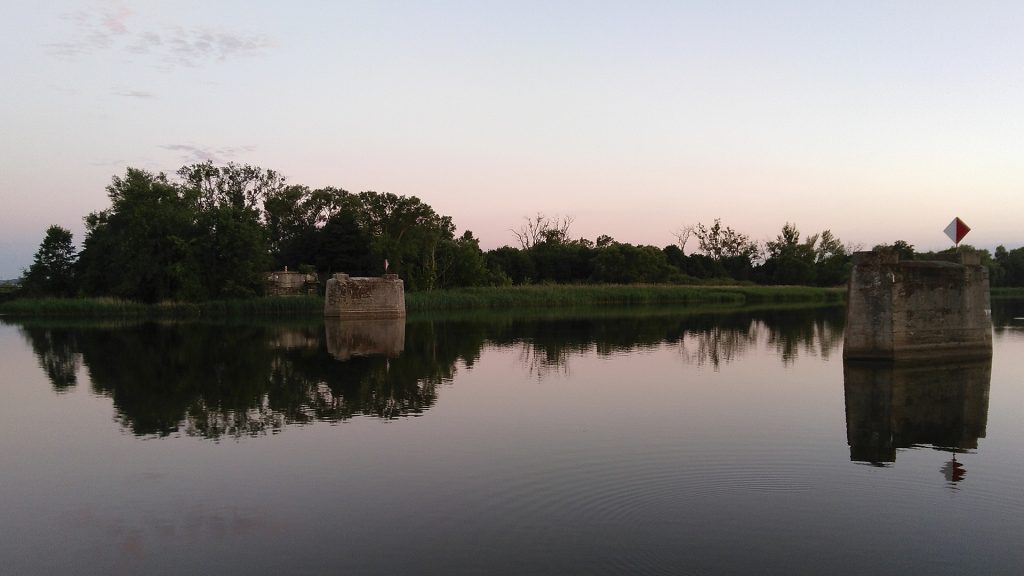
Few things represent the nature and implied permanence of the modern nation-state more effectively than its borders, which inscribe relationships between states into space and therefore into the everyday lives of citizens and non-citizens. Yet borders themselves are notoriously impermanent, and few within Europe more problematically so than those between Germany and its two largest neighbors, France and Poland. The border regimes established along the Rhine River and Oder-Neisse line after 1945 simultaneously constituted frameworks for reckoning with the Second World War, steps in the integration of each Cold War bloc, and sources of old animosities, new inequalities, and shared problems.
How West German and French citizens as well as East Germans and Poles related to one another in everyday life within these border regions can shed light on what “Europe” means when viewed “from below”—and about its limits. Indeed, cross-border contact has fostered resentment and indifference as well as reconciliation.
My research aims to explore how French, Polish, and East and West German residents incorporated borders into day-to-day practices, including how they turned environmental, economic, and social problems in their immediate area into “international” issues. By bringing together examples from both Eastern and Western Europe, I hope to draw attention to similarities and unexpected entanglements that existed across the so-called Iron Curtain.
I am pursuing this larger intellectual project through research on a series of different sub-topics, including “Working the Border.”
Recent activities connected with this intellectual project include the following:
- Caught in the Net: Fish, Ships, and Oil in the GDR-Poland Territorial Waters Dispute, 1949–1989
- „Unter vorläufiger französischer Verwaltung“: Staatsterritorium, Grundbesitz und die Grenzen des Deutschen Reiches in der westlichen Bundesrepublik
- Rezension: Gerst et al., Grenzforschung
- Europäisierung im Alltag: Grenzüberschreitungen an Rhein und Oder nach 1945
- Caught in the Net: GDR-Poland Border Conflicts in Everyday Life